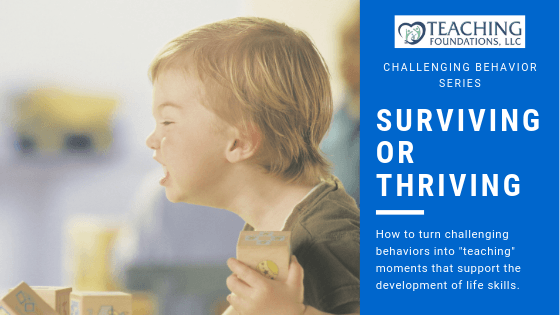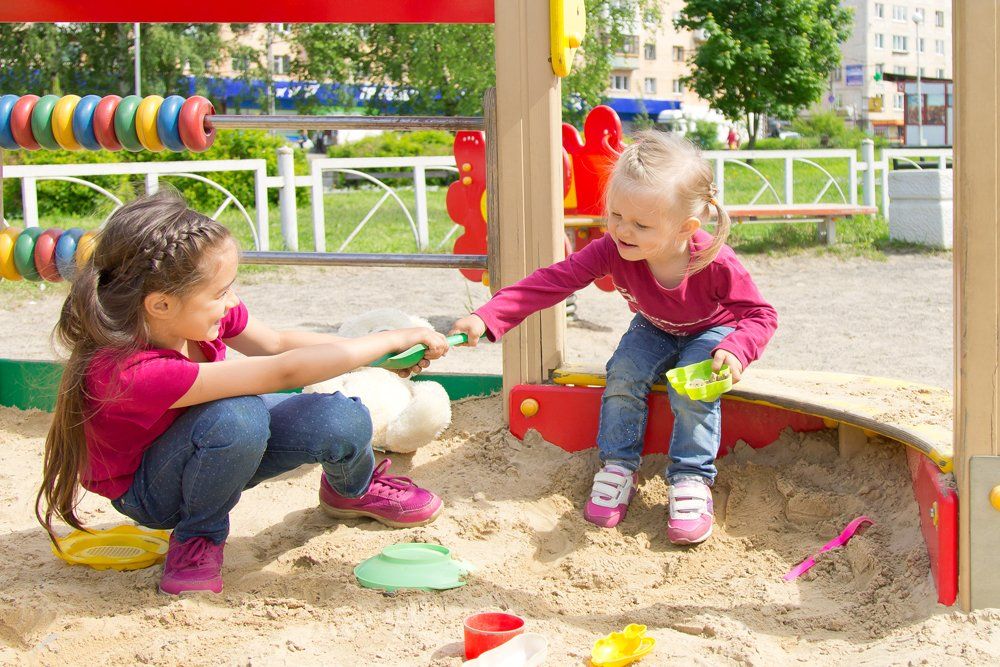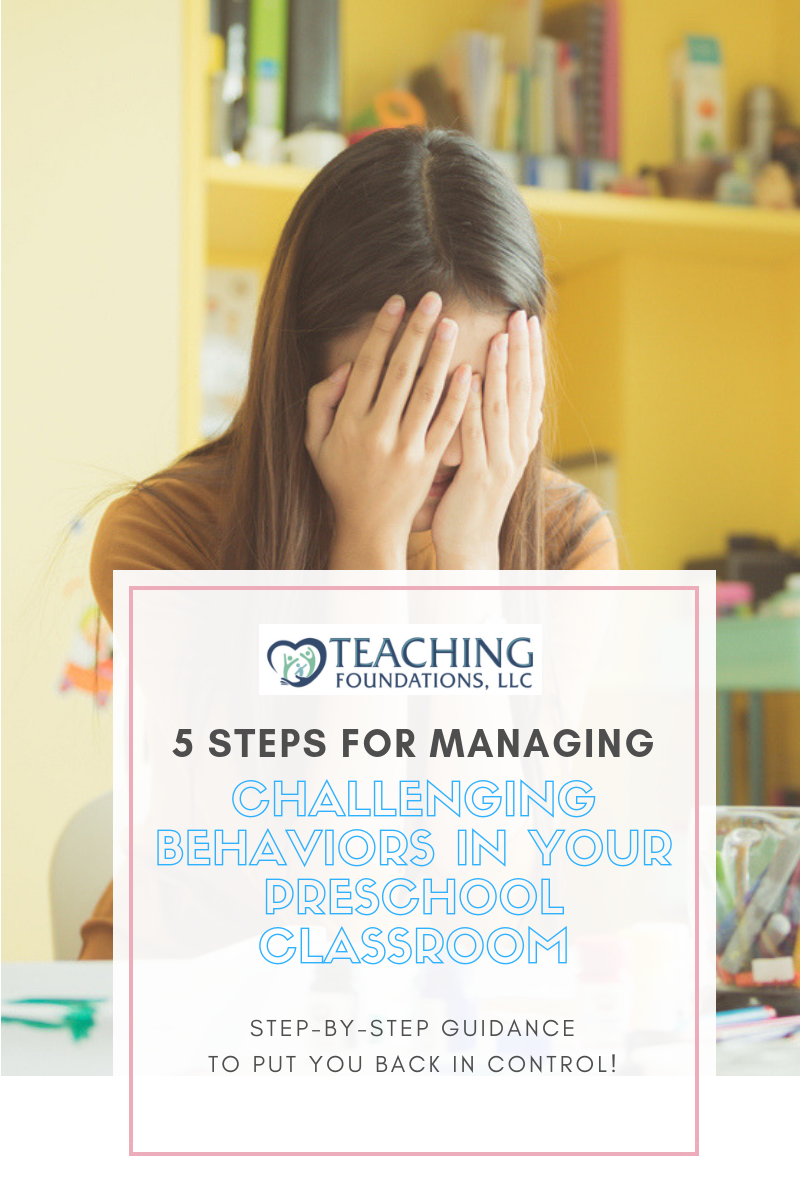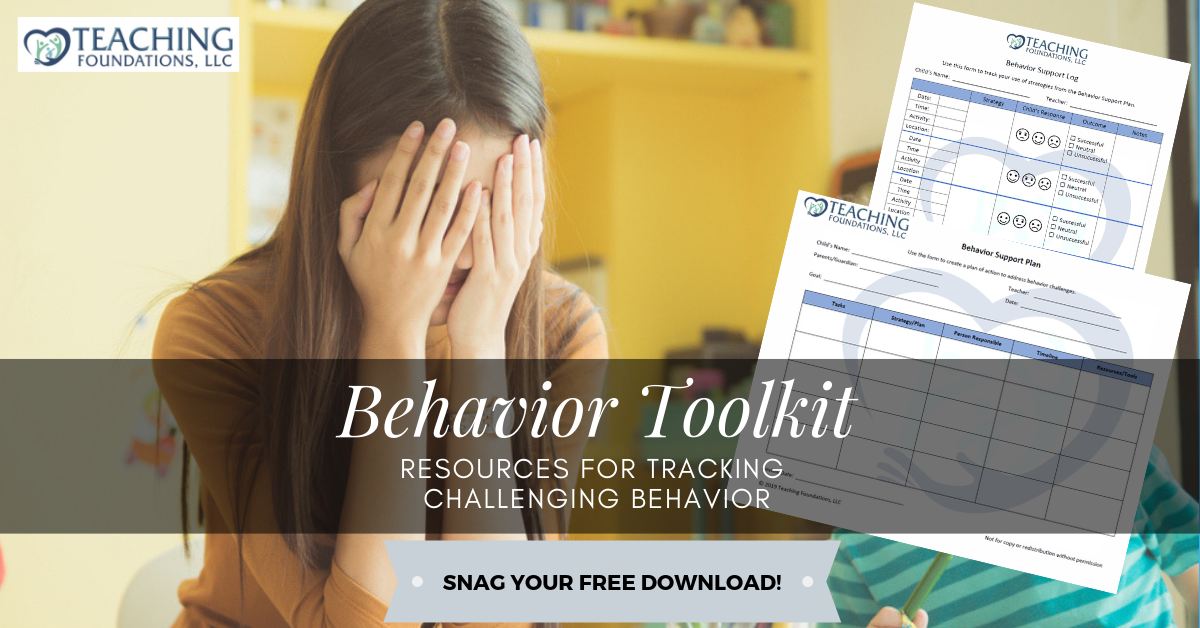Take Control of Your Classroom
The key to breaking this cycle is the alternative option proposed by the authors of Teaching with Love and Logic : have 80% of your attention focused on learning. This will help your children focus on learning, as well. This reminds me of the concept of the environment as the “third teacher”. The way to shift your focus from managing behaviors to “learning”, which is the reason why we chose to teach, is to set up your environment so that it manages behaviors for you. We call the environment the teacher because it sends messages to your students that help them know what is expected! We show you how to do this in our training Strategies for Guiding Children’s Behavior . The four elements that help you manage behavior indirectly are Room Arrangement, Schedules/Routines, Identifying and Controlling Emotions, and Resolving Social Conflicts.
The teacher breaks the cycle in our example above by identifying the message the child is trying to send and building positive ways for the child to get what he/she needs into the environment. For example, the child wants a predictable routine (sense of control) and individual attention from the teacher. Thus, the teacher posts a visual schedule with pictures in the meeting area of the classroom. When changes occur, they are added to the schedule and discussed with the children during morning circle time. During choice time, the teacher sits with the child as they play in the water table and talks with him about what he is doing. The teacher’s focus has shifted back to learning as she has set up her environment (schedule/interactions) to meet the child’s needs at the same time that she is teaching the necessary social skills to reduce, if not, eliminate the challenging behavior all together.
Do you have a process for addressing challenging behaviors in your early childhood program? Our live, instructor-led virtual training, Breaking the Behavior Code: Discovering the "Why" Behind Challenging Behaviors will teach you our 5-step process. Sessions running in September and October.












